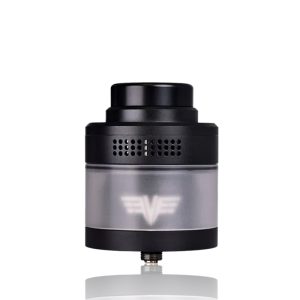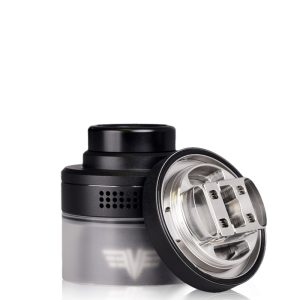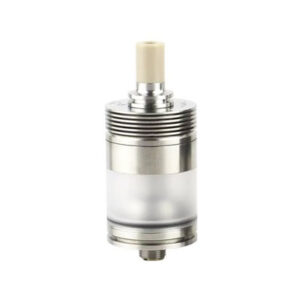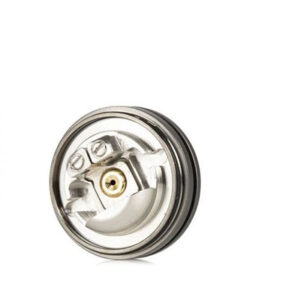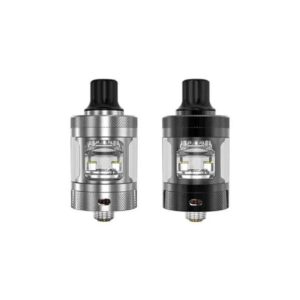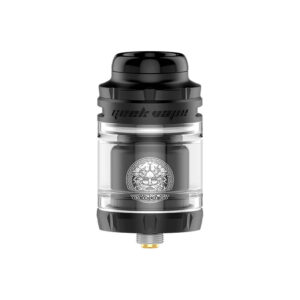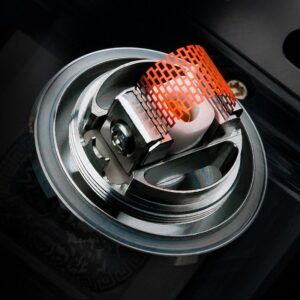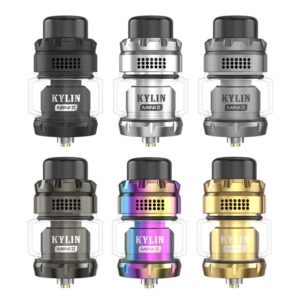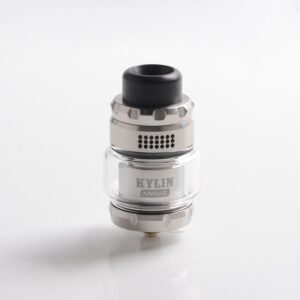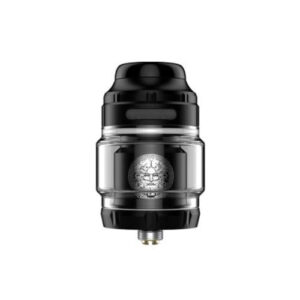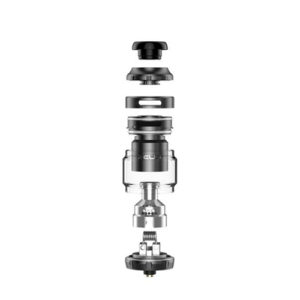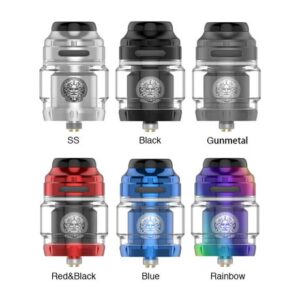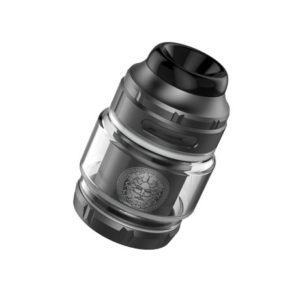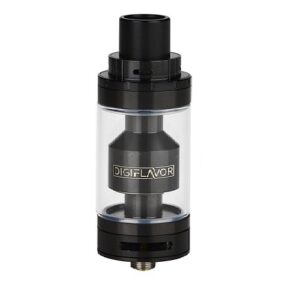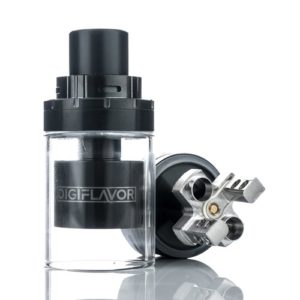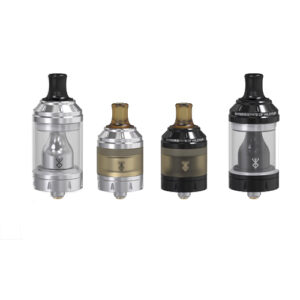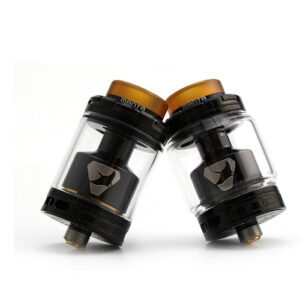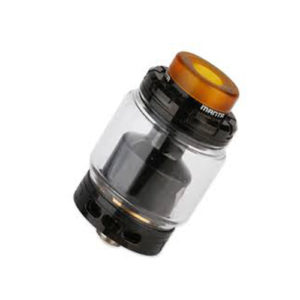
RTA atomizer
RTA atomizer for all experienced vapers
First of all RTA stand for Rebuild-able Tank Atomizer.
That means that the atomizer has attached a tank which needs refilling.
Therefore, even though the coils are rebuild-able, the tank will hold your juice. Another factor is all all are 510 threaded. Therefore they are compatible with most mods. Finally, some of the RDAs are compatible with Squanker mods as well.
An RTA is a rebuildable atomizer that utilizes a tank section. It consists of a build deck that also houses wicking channels, a chimney that connects the build deck to the top cap of the atomizer, a glass or plastic tank, and a drip tip.
Most RTAs will have some way of adjusting the airflow, usually in the form of a ring that is placed under or over the tank section. Many newer atomizers often implement additional airflow adjustment options that can modify the way air hits the coils inside the deck according to user preference.
How does an RTA work?
The way an RTA works is relatively simple. The user needs to build a coil (or more, depending on the design of the build deck) and install it on the build deck of the atomizer. After the coil is ready, it will have to be wicked, usually with cotton. The tails of the cotton are then placed in the wicking holes of the build deck.
Next step is filling the tank with e-liquid, and letting the wicks get saturated with the juice that enters the wicking channels. When inhaling, air enters the tank through the airflow holes and is channeled to the inside of the build deck. The air will hit the coils on its way towards the chimney, eventually reaching the drip tip.
RTAs have a number of advantages over other kinds of tanks and atomizers.
Compared to sub ohm and MTL tanks with replaceable coils, an RTA will generally perform on a higher level when built right. It will also provide a much more tailor-made experience, while saving money on coil purchases. Wrapping coils offers a huge savings over purchasing them. An entire roll of wire can make a large number of coils at approximately the same cost as one or two factory made coil heads; the user is less likely to run out of wire at an inopportune time since a roll of wire may last months or years. Similarly, a large package of organic cotton may last for more than a year. Moreover, the user of sub ohm tanks must rely on the manufacturer to continue providing coil heads for purchase, while the RTA user does not.
RTAs edge out RDAs in two departments. The first is e-liquid capacity. Users of RDAs must continually drip more juice into their atomizer while an RTA with large capacity may provide vaping enjoyment all day long before needing to be refilled. The second merit of RTAs over RDAs is that most do not leak if they are not kept upright. The way juice flow takes place on RTAs and the use of a chimney makes them less likely to leak if left at their side or even upside-down.
Compared to RDTAs, the main advantage of RTAs is size, closely followed by ease of wicking. Most RDTAs are much larger atomizers, while RTAs are generally more compact. Though RDTAs can be more challenging to wick properly, many of the newer products have been designed to alleviate most of these issues.

